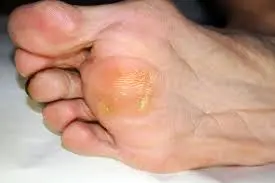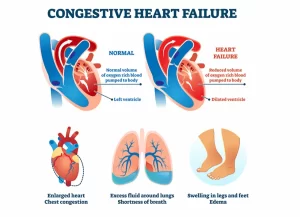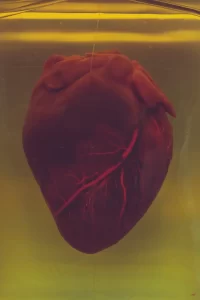Pap smear cervical cancer – detection and prevention
by Marcos Otero
Cervical cancer used to be the leading cause of cancer death for women in the United States. However, in the past 40 years, the number of cervical cancer cases and the number of cervical cancer deaths have decreased significantly. This decrease is largely the result of many women who get regular Pap tests, who may find pre-cervical cancer before it turns into cancer. In 2011 (the most recent year of statics available): 12,109 women in the United States were diagnosed with cervical cancer and 4,092 women in the United States died of cervical cancer.
Almost all cervical cancers are caused by HPV (human papilloma virus). HPV is a common virus that is spread through sexual contact. The virus causes genital warts. Certain types of HPV are more likely to lead to cervical cancer. These are called high-risk types of HPV. HPV can be passed from one person to another even when there are no visible warts or other symptoms.
Practicing safe sex can help reduce the risk of getting HPV and cervical cancer:
Always use male or female condoms. But keep in mind that condoms do not fully protect you. This is because the virus or warts can also be on the skin around the genitals.
Limit the number of sexual partners you have over time.
Do not get involved with partners who engage in high-risk sexual activities.
Not smoking makes a difference. Smoking increases the risk of getting cervical cancer.
Cervical cancer develops slowly. It begins as precancerous changes called dysplasia. Dysplasia can be detected by a medical test called a Pap test. Dysplasia is 100% treatable. This is why it is important for women to have regular vaginal Pap tests.
The Pap smear should be started at age 21.
After the first test:
Women ages 21 to 65 should have a Pap test every 3 years.
Women ages 65 to 70 can stop having a Pap test as long as they have had three negative tests within the past 10 years.
Women who have been treated for precancerous lesions (cervical dysplasia) should continue to have a Pap test for 20 years after treatment or until age 65, whichever is greater.
We will discuss the vaccines that exist to prevent cervical cancer next month.


